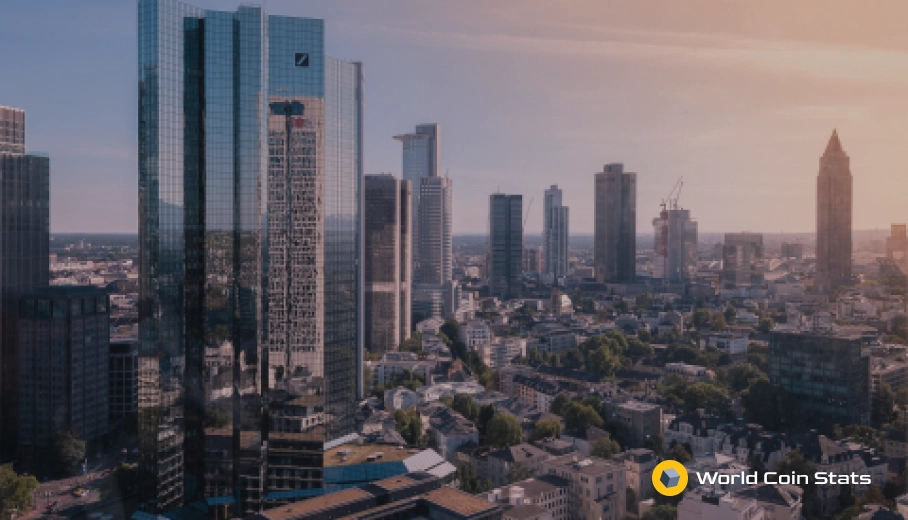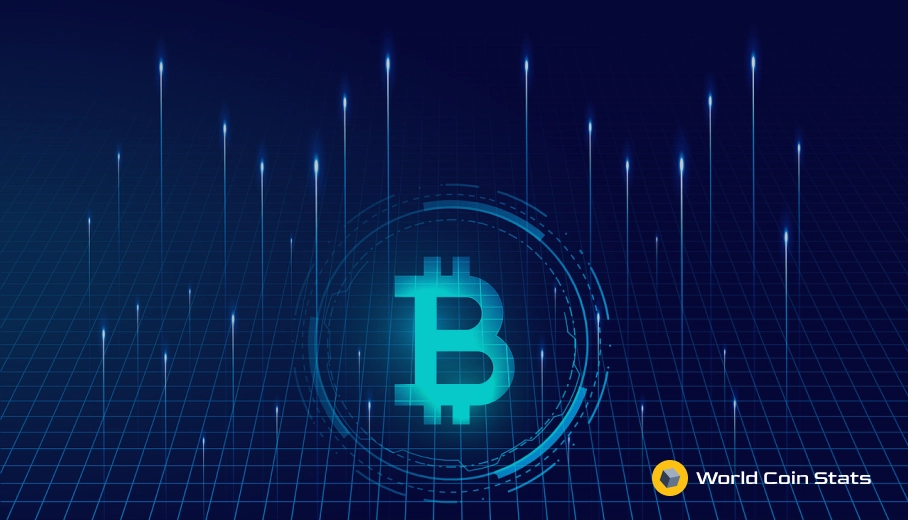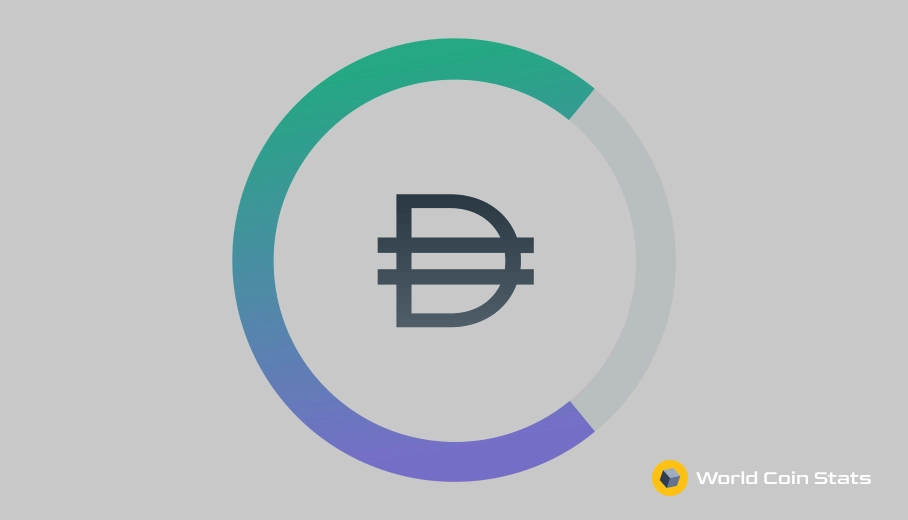DeFi: Mergers and Acquisitions
In this article we will explain the expected future consolidation of decentralized finance (DeFi). We will cover how it will likely occur and the roadmap that it will take.
Contents
Every Industry Consolidates
First, every single industry consolidates. It’s a well known phenomena. In fact, it’s so well known that many articles have been written on the topic.
Basically, the industry lifestyle looks similar to this:
- A startup develops and creates a new industry. This often emerges from some sort of deregulation, but not always as in the case of Bitcoin.
- Smaller companies enter the market doing the same thing with a different value add.
- Larger companies buy the smaller companies or the smaller companies go out of business.
- The market is set. Large companies attempt to maintain their position in the industry because growth is difficult at this stage.
DeFi is at the second step of the consolidation phase. Many smaller companies are entering the market and attempting to do something a little different than the competition.
Our next section will cover when and how the third step of the consolidation phase will begin in DeFi.
Fragmentation of DeFi is Good
You might think that having multiple protocols doing the same essential thing is pointless. However, there is a very valid purpose for this to exist in DeFi.
Focus
The main reason that we see so much fragmentation is a practical matter for protocols – it’s simply much easier for a protocol to focus on one asset rather than expand too rapidly into other assets. Too many synthetic assets will lead to complications when it comes to governing the protocol, which is not something that a protocol wants to do if it is trying to expand.
Additionally, focusing on one asset offers the opportunity for more liquidity with that particular asset. Protocols that start out too large have the potential to run into liquidity problems as the assets are spread too thin across too many synthetic assets.
More Choice for Users
This reason does not concern the protocols – it concerns the users.
Remember, cryptocurrency was formed as a response to the “too big to fail” ethos of banks. These banks had an oligopoly on the industry, and they acted like they had an oligopoly on the industry for decades.
DeFi, which is essentially a banking system, does not want to fall into the same system with a few large players controlling the industry. It’s a good sign that many alternative protocols exist – it prevents any one protocol from getting too large and controlling the industry.
DeFi Is In Its Infancy
Finally, DeFi is still in its infancy. DeFi still accounts for less than 1% of the financial sector, so it has a long way to go before all this fragmentation could become a problem.
More importantly, founders of protocols feel they have more opportunity to try out different things. If it fails, then it is not too big of a problem because the industry is still so small. However, the positive benefit of any of these experiments could prove very successful at taking market share, which makes it a worthwhile opportunity.
Larger Protocols Benefit More From M&A
In this section we will cover a potential M&A roadmap for one of the larger DeFi protocols – MakerDAO.
As many of you already know, MakerDAO has successfully grown its stablecoin DAI over the past few years. It has reached the point where it has captured most of the market interested in DeFi stablecoins and is now looking to expand.
In fact, they have publicly stated that they would like to expand by offering synthetic assets backed by DAI.
MakerDAO basically has two options for expansion into the synthetic asset aspect of DeFi:
- Develop their own synthetic token contracts.
- Merge with a protocol that already offers synthetic token contracts.
How would a DeFi merger work?

This obviously depends on the protocol, but we will offer a roadmap for a potential merger between MarkerDAO and UMA. This is actually a merger that could happen in the future.
As mentioned in the previous section, MakerDAO is planning on offering synthetic token contracts in the future. Developing synthetic token contracts in-house is difficult, so the logical step is a merger.
Anyway, the merger would look something like this:
- MakerDAO token holders (MKA) vote on an acquisition of the contracts from UMA.
- MKA holders vote on a price for the acquisition of the contracts.
- UMA token holders vote on the acquisition offer.
- The three synthetic token contracts could come under control control of MKA in the following two ways:
- The contracts switch to governance by MKA and holders from UMA would receive MKA tokens.
- MKA issues tokens in the amount of the acquisition, sells them on the open market, and uses the proceeds to purchase the synthetic token contracts from UMA.
- The UMA tokens are burned in either scenario.
Either strategy would work because the UMA tokens would be burned, which would eliminate UMA from the market.
This is the likely strategy for any acquisition in the DeFi space.
Final Thoughts
That covers it for mergers and acquisitions in the DeFi space. Simply put, this is something that will happen in the near future of DeFi. It will also happen in cryptocurrency as a whole.
It happens in every industry. There is nothing that you can do about it, but it is more profitable if you hold tokens of a protocol that is acquired by a larger protocol.




